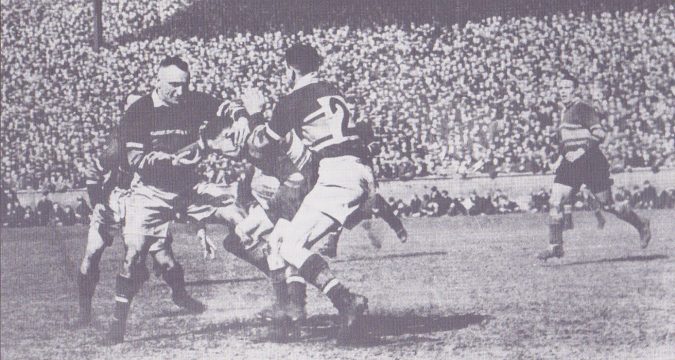 Our time machine sets the controls for when three clubs from two sports and one city were United on a record-breaking afternoon.
ELLAND Road might have been a controversial venue for this year's Magic Weekend, but turn the clock back 86 years and there was no doubting the wisdom of taking the 13-a-side code to the home of football's Leeds United
Our time machine sets the controls for when three clubs from two sports and one city were United on a record-breaking afternoon.
ELLAND Road might have been a controversial venue for this year's Magic Weekend, but turn the clock back 86 years and there was no doubting the wisdom of taking the 13-a-side code to the home of football's Leeds United Time Machine: When Leeds and Hunslet met in a record-breaking championship final
 Our time machine sets the controls for when three clubs from two sports and one city were United on a record-breaking afternoon.
ELLAND Road might have been a controversial venue for this year's Magic Weekend, but turn the clock back 86 years and there was no doubting the wisdom of taking the 13-a-side code to the home of football's Leeds United
Our time machine sets the controls for when three clubs from two sports and one city were United on a record-breaking afternoon.
ELLAND Road might have been a controversial venue for this year's Magic Weekend, but turn the clock back 86 years and there was no doubting the wisdom of taking the 13-a-side code to the home of football's Leeds United 